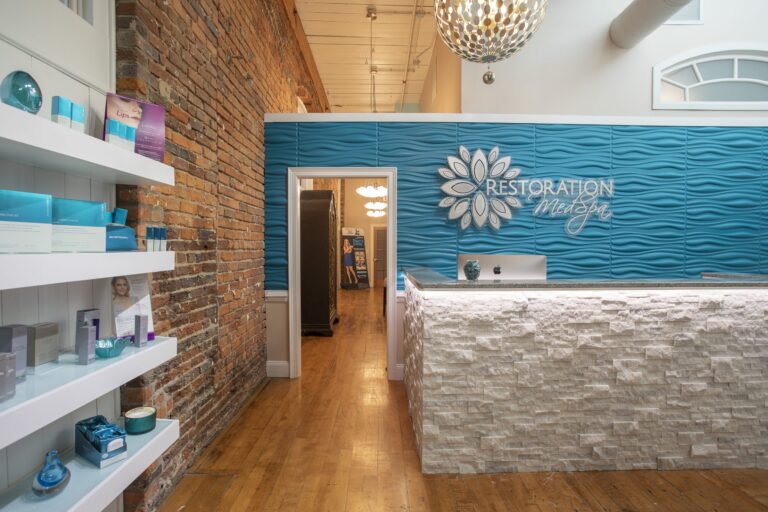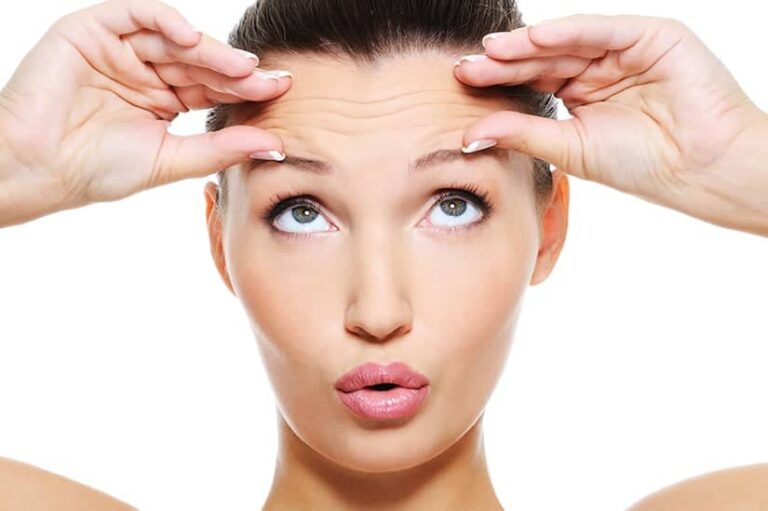
The short answer is “yes.” Perhaps you have heard about the effects of glycolic acid peels, but you just aren’t sure if you need something with the word “acid” in it. Let’s explore the amazing powers a glycolic acid peel can have on your skin. There are pros and cons that follow so you can determine if the treatment is right for you, your skin type, and your specific needs and concerns.
First, let’s define glycolic acid. It is an alpha hydroxy acid (AHA) made from sugarcane – yes, sugarcane. It’s actually a popular ingredient in skincare products for its exfoliation properties. It is often used in face washes and can also be present in lower concentrations with leave-on creams and lotions.
Applying a glycolic acid solution to the face (which is called a chemical peel or glycolic peel) can be helpful in removing the outermost layers of the skin. This is good for clearing clogged pores and revealing the fresher, smoother, and brighter skin underneath. These peels come in different concentrations – ranging from 20% to 70%. The different strengths, which can be customized for your skin, can target different types of skin problems, including acne, skin discoloration, or uneven tone and texture.
Benefits
By removing dull, damaged layers and dead skin cells, the treatment can address skin concerns like hyperpigmentation, photoaging, scars, uneven skin tones, fine lines, wrinkles, and acne. It also stimulates collagen production, while discouraging excess oil production. This gives you healthier looking skin for longer.
Right for You?
The treatment is right for most who want to target general skin concerns like tone or texture. And the good news is that glycolic acid peels at lower concentrations are generally safe for all skin types. If you are otherwise healthy and struggle with mild acne and uneven skin tone or quality, you are an excellent candidate.
How does it Work?
Your provider should start off with a mild concentration of around 20% to avoid any potential irritation. If all goes well, for your next treatment, they’ll increase the concentration, since you get a series of peels for the best results.
When to Avoid?
People with extremely sensitive skin or anyone with an active skin infection should avoid the peels. Also, if you are currently using an acne prescription with retinols or retinoids to treat it, you should stop using your medication for 2 weeks in advance of a glycolic acid peel treatment. There is a common misconception that people with darker skin can’t get the peels as they cause hyperpigmentation. But if you work with the right provider, it’s possible that the peels might work for you. You should, however, avoid any at-home peels.
Call for your complimentary Skin Care consultation today!
Request A Complimentary Consultation
Fill out the form below and a concierge will call to schedule an appointment!


